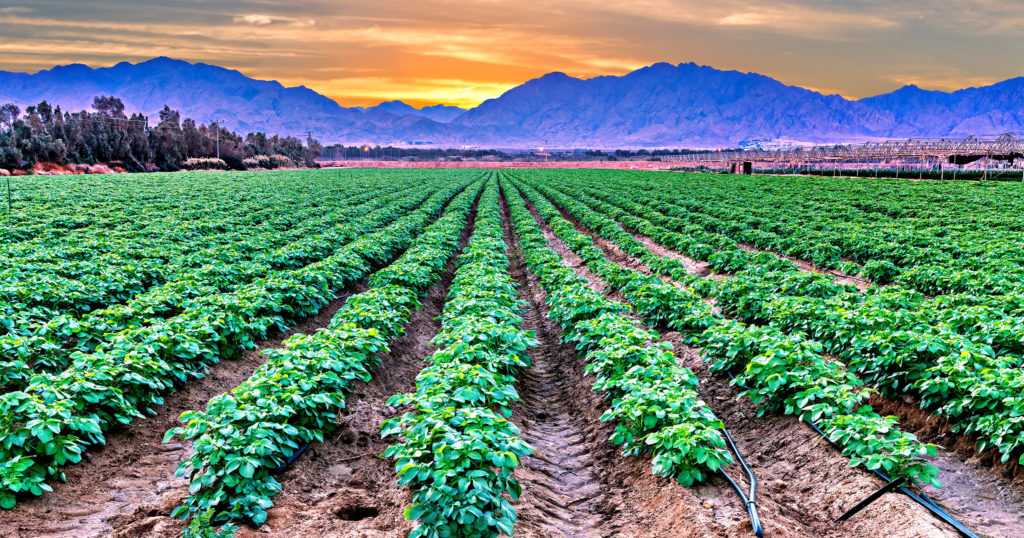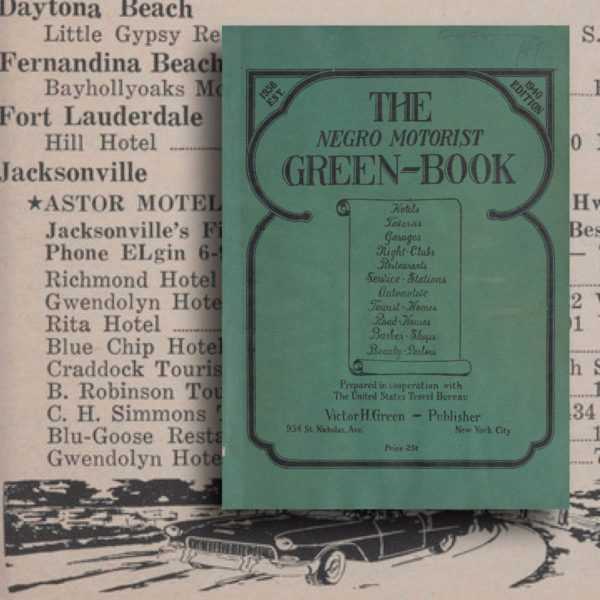What If Farming Was a 9-to-5? This Farmer Is Rethinking the Business Model
Farming is, at the risk of stating the obvious, incredibly hard work.


And for the 671,000 small-acreage farmers in the U.S., it’s not very financially rewarding. A 2021 Pasa Sustainable Agriculture report found that direct-market vegetable farms, 85% of which were 12 acres or less in size, had a median net income of $18,500.
Farmer and owner of Middle Ground Farm near Austin, Texas, Lorig Hawkins, says the financial challenges of farming are, “across the board, the number one barrier to young people getting into agriculture.” Not only is the income low, but the startup costs are high, including land to buy, heavy equipment to invest in, and more. While the USDA offers programs to assist with access to capital, fewer than half of farm owners report using federal programs, citing an array of barriers.
All that makes agriculture a tough sell as a career choice. But many young farmers like Hawkins, who grows produce to sell wholesale and through a CSA (community sustained agriculture, in which consumers pay the farmers directly for boxes of mixed produce), are working to restructure their own corner of the industry in the hopes of making farming a more appealing and financially sustainable career – for others, and for themselves.
“I love agriculture,” Hawkins says. “I just think it’s a rad job.”
She recently spoke with Natalie Burg for “This Is Capitalism” how she’s working to make it even radder. Edited excerpts of their conversation follow:
NB: What changes are you seeing in the small-scale farm industry?
LH: I see a lot more women in agriculture and taking ownership roles. I also see lots of gender non-conforming people kind of getting into agriculture. The profile of the farm-business owner is also changing, in that there can be multiple owners that are business partners or co-ops. I see change in the overall structure of farm businesses.
NB: What isn’t changing that you wish would?
LH: That traditional image of the white, male farmer includes him having some sort of off-farm income. It’s still very hard to make a living in farming. There are definitely people in the industry who are showing that it can be done, but it is a long and arduous and difficult path.
It depends on the kinds of markets available to small-scale growers. It still does take a tremendous amount of capital to get a small farm business operation growing. And there may be challenges for folks to access that capital.
NB: How are you thinking about sustainability as a farmer?
LH: All of my peers and I have sustainability and climate and land stewardship in the back of our minds at all times as we’re operating. But we’re also thinking about sustainability, not just in terms of the environment, but sustainability in terms of work-life balance and employee turnover.
In farming, you get to come to work and be outside, and problem-solve, and grow food for people, and pay attention to the space around you. I want to create an entity where that’s what I get to do for my nine-to-five, and that’s what other people who work for me get to do for their nine-to-five, and we still are able to have a life outside of that. So farming just provides a place to work – I I think it’s one of the best jobs out there – and it’s a really good life, too.
NB: How are you doing that at Middle Ground Farm?
LH: It’s been difficult. And we are still new. But I recognize that as the owner, there’s no way that I can manage this farm operation all on my own. It is absolutely impossible. And so I’m building a core team around me that is in charge of various aspects of the business. Hopefully, as we grow, we have more people at that core to divvy up the responsibilities. Because when one person has only a few responsibilities as opposed to many, that’s going to be better for work-life balance.
It takes communication and trust in those relationships, but I’m just trying to set myself up with these people and pay them accordingly for the value of their work. Of course, we farms fluctuate, so there are busier times of the year than others. So we’ll bring in seasonal crews from community ag programs or just out of college people looking for work and pay them a living wage for Austin. I wish we could offer some form of health insurance, but we’re not there yet.
NB: How does that compare to the traditional organizational structure on a farm?
LH: Typically a farmer is one person who’s in control of everything. Or maybe it’s a wife-husband pair who are in control of everything. There’s not a lot of opportunity in that set-up for other people to take on responsibility. [When working on other farms], I found it very stagnating. And so, trying to create a workplace where there also might just be opportunities for advancement or ownership is important to me.
NB: If farm jobs offer better work-life balance and opportunities for advancement, will the younger generations of Americans go for them? What is the appeal of farming for them?
LH: When I found farming, I was very disillusioned. I was just out of high school, and I was looking for a place that would help me grow up. And I think agricultural jobs have the opportunity to do that for folks – to be places where people can feel good about the work that they do and feel like they’re filling a need in their community. And work hard doing it.
NB: What do you hope the industry looks like in 30 years?
LH: I wish to see more different types of business structures. I think one interesting one is having a co-op of growers. Another is a structure where you have multiple owners that all have different shares in the business structures that provides equity in the business. Also, we run a CSA. This fall we’re going to start providing eggs, and canned goods to our customers, but we’re, we’re buying those products from other growers. So you can kind of form little coalitions with growers in your area, which helps make you stand out and helps each other out. I think we’re seeing a lot of growth and creativity there, and I just really hope that we see more.

